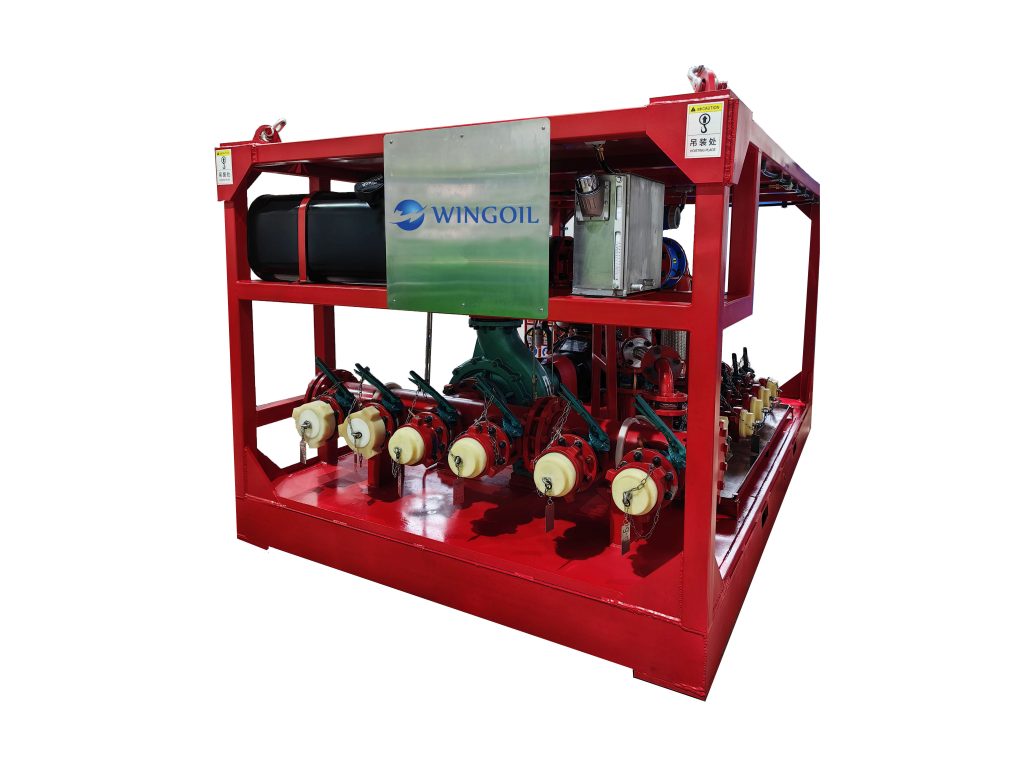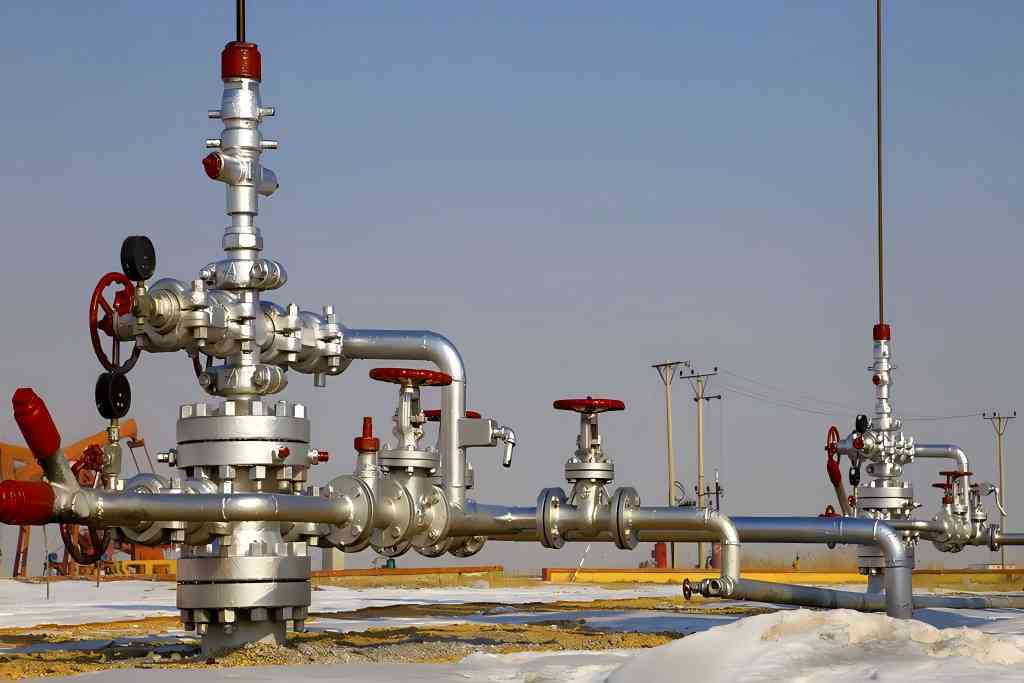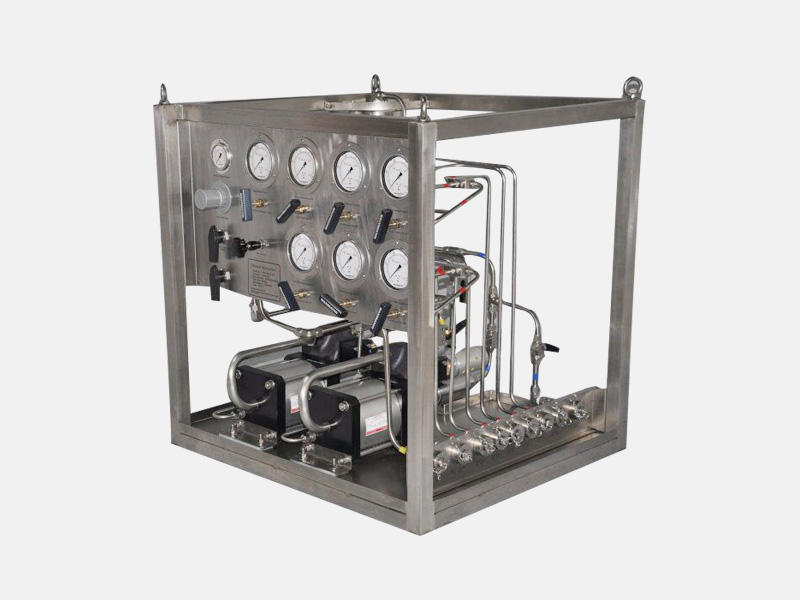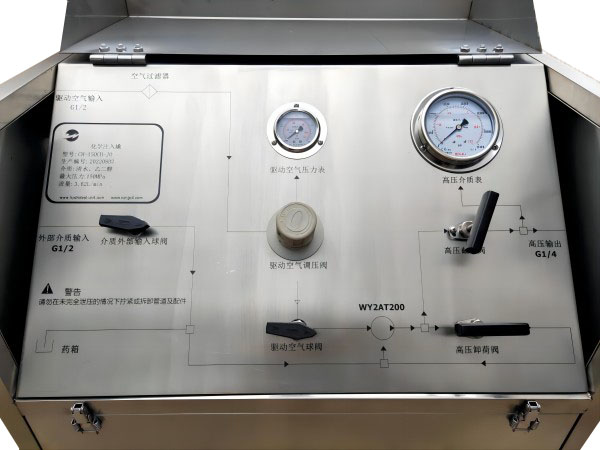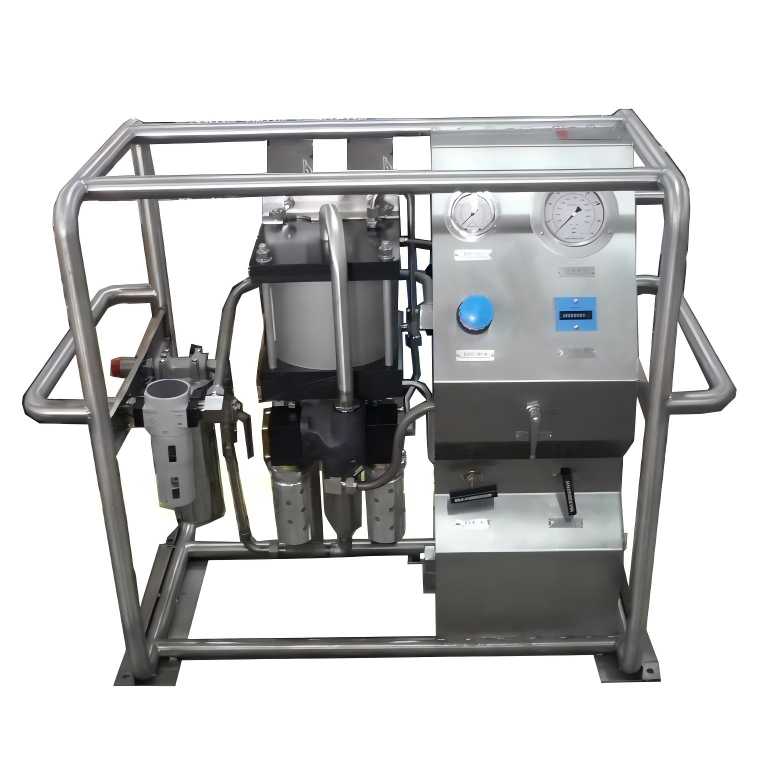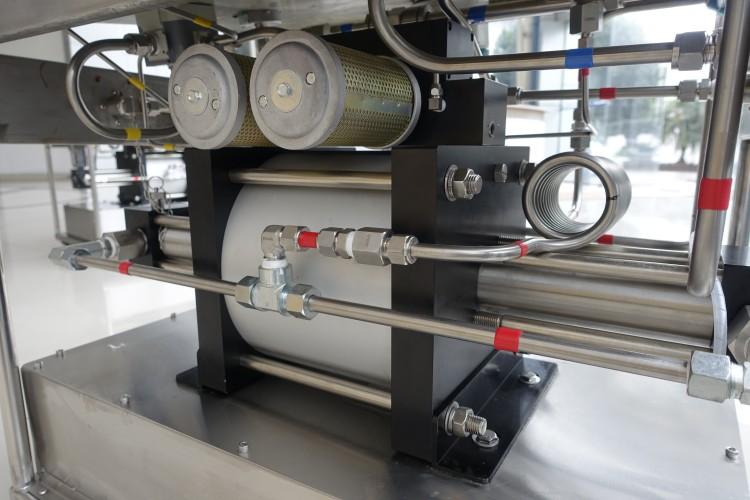Chemical Injection Systems for Burst Tests: Everything You Need to Know
A Chemical Injection System for Burst Tests is a system that is used to inject chemicals into a system to protect it from damage during a burst test. Burst tests are performed to test the strength and integrity of a system by applying pressure to it until it fails. Chemical injection systems can be used to protect the system from damage during the burst test by injecting a corrosion inhibitor, a lubricant, or a fluid to prevent freezing.
Chemical injection systems for burst tests are typically used in the oil and gas industry, but can also be used in other industries where burst testing is required, such as the aerospace, automotive, and chemical industries.
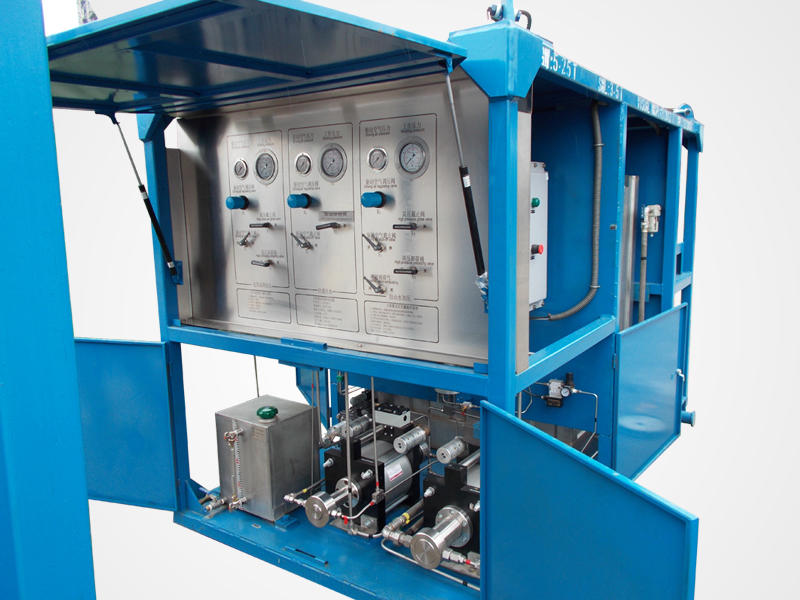
Benefits of using a Chemical Injection System for Burst Tests
There are several benefits to using a chemical injection system for burst tests, including:
- Improved safety: Chemical injection systems can help to improve the safety of burst tests by reducing the risk of equipment damage and personnel injury. For example, a chemical injection system can be used to inject a corrosion inhibitor to protect the system from corrosion during the burst test. This can help to prevent the system from failing during the test, which could potentially lead to equipment damage or personnel injury.
- Reduced downtime: Chemical injection systems can help to reduce downtime by preventing equipment damage and the need for repairs. For example, a chemical injection system can be used to inject a lubricant to reduce friction and wear on the system during the burst test. This can help to prevent the system from failing during the test, which would require the system to be shut down for repairs.
- Increased accuracy: Chemical injection systems can help to increase the accuracy of burst tests by ensuring that the system is adequately protected. For example, a chemical injection system can be used to inject a fluid to prevent freezing during the burst test. This is important in cold weather environments, as freezing can damage the system and affect the accuracy of the burst test.
- Reduced costs: Chemical injection systems can help to reduce the costs of burst testing by reducing downtime and preventing equipment damage. If a system is damaged during a burst test, it may need to be repaired or replaced. This can be costly and time-consuming. Chemical injection systems can help to prevent this by protecting the system from damage during the test.
Features of Chemical Injection Systems for Burst Test
Chemical injection systems for burst tests typically have the following features:
- Accurate and precise injection: Chemical injection systems for burst tests must be able to inject chemicals into the system at the correct time and in the correct amount. This is important to ensure that the system is adequately protected.
- Safe and reliable operation: Chemical injection systems for burst tests must be safe and reliable to operate. This is important to protect personnel and equipment.
- Easy to use and maintain: Chemical injection systems for burst tests should be easy to use and maintain. This will help to reduce downtime and costs.
- Remote monitoring and control: Chemical injection systems for burst tests may be equipped with remote monitoring and control capabilities. This allows operators to monitor the system’s performance and make adjustments remotely.
- Data logging: Chemical injection systems for burst tests may be equipped with data logging capabilities. This allows operators to track the system’s performance over time.
- Alarms and shutdowns: Chemical injection systems for burst tests may be equipped with alarms and shutdowns. This helps to protect the system from damage in the event of a malfunction.
How Do Chemical Injection Systems for Burst Test Work?
Chemical Injection Systems for Burst Tests typically work by using a pump to inject chemicals into the system at a predetermined rate and pressure. The chemicals are typically injected into the system upstream of the component being burst tested.
The type of chemicals that are injected into the system depends on the specific application. For example, a corrosion inhibitor may be injected into the system to protect it from corrosion during the burst test. A lubricant may be injected into the system to reduce friction and wear during the burst test. A fluid to prevent freezing may be injected into the system if the burst test is being conducted in cold weather conditions.
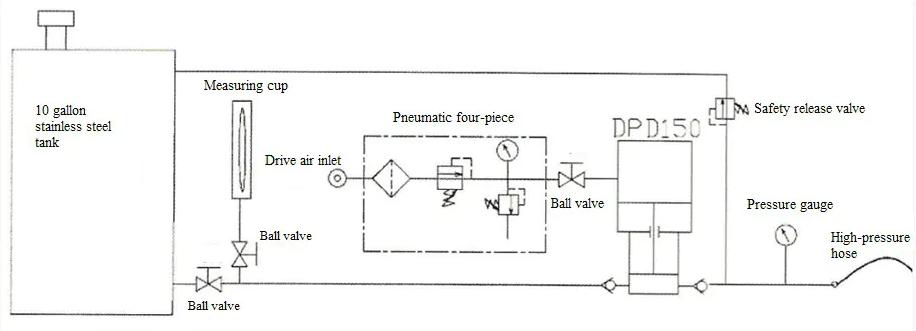
Applications of Chemical Injection Systems for Burst Test
Chemical Injection Systems for Burst Tests are used in a variety of industries, including:
- Oil and gas: Chemical Injection Systems for Burst Tests are commonly used in the oil and gas industry to protect wellheads, pipelines, and other equipment during burst tests.
- Aerospace: Chemical Injection Systems for Burst Tests are used in the aerospace industry to test the pressure capacity of aircraft components, such as fuel tanks and landing gear.
- Automotive: Chemical Injection Systems for Burst Tests are used in the automotive industry to test the pressure capacity of automotive components, such as fuel tanks and brake lines.
- Chemical: Chemical Injection Systems for Burst Tests are used in the chemical industry to test the pressure capacity of chemical processing equipment.
Choosing a Chemical Injection System for Burst Test
When choosing a Chemical Injection System for Burst Tests, there are several factors to consider, including:
- The type of system being burst tested: The type of system being burst tested will determine the type of chemicals that need to be injected into the system.
- The pressure capacity of the system being burst tested: The pressure capacity of the system being burst tested will determine the flow rate and pressure of the chemical injection system.
- The environmental conditions in which the burst test is being conducted: The environmental conditions in which the burst test is being conducted will determine the type of chemicals that need to be injected into the system and the materials of construction of the chemical injection system.
Operating a Chemical Injection System for Burst Test
To operate a Chemical Injection System for Burst Test, follow these safety guidelines:
- Wear appropriate personal protective equipment (PPE): This includes safety glasses, gloves, and a long-sleeved shirt.
- Read and follow the manufacturer’s instructions: The manufacturer’s instructions will provide specific instructions on how to operate the chemical injection system safely.
- Make sure the system is properly calibrated: The system should be calibrated to ensure that it is injecting the correct amount of chemicals at the correct time.
- Inspect the system for leaks before use: Inspect the system for any leaks before using it. If any leaks are found, do not use the system until the leaks have been repaired.
- Use the correct chemicals: Make sure to use the correct chemicals for the specific application. The manufacturer’s instructions will specify the type of chemicals that should be used with the system.
- Monitor the system during operation: Monitor the system during operation to ensure that it is functioning properly. If any problems are detected, stop the burst test and investigate the problem.
Safety Precautions
When operating a Chemical Injection System for Burst Tests, it is important to follow all safety precautions to avoid injury or damage. Here are some additional safety precautions to keep in mind:
- Be aware of the hazards of the chemicals being injected: Some of the chemicals that are used in Chemical Injection Systems for Burst Test can be hazardous. It is important to be aware of the hazards of the chemicals being injected and to take appropriate precautions.
- Do not work alone: Always have a helper present when operating a Chemical Injection System for Burst Test. This will help to ensure that someone is available to help in case of an emergency.
- Have a spill containment plan in place: In the event of a chemical spill, it is important to have a spill containment plan in place. This will help to minimize the environmental impact of the spill and protect personnel from exposure to the chemicals.
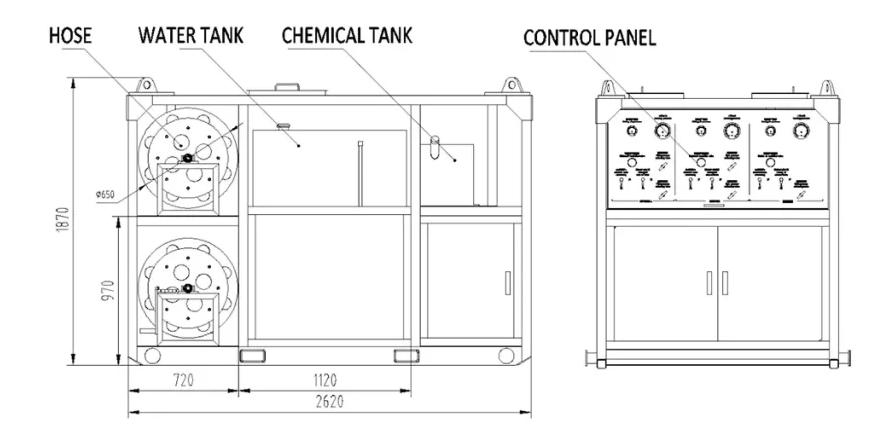
Conclusion
Chemical Injection Systems for Burst Tests are a valuable tool for improving the safety, efficiency, and accuracy of burst tests. By following the safety guidelines and precautions outlined above, you can help to ensure that your burst tests are conducted safely and efficiently.

